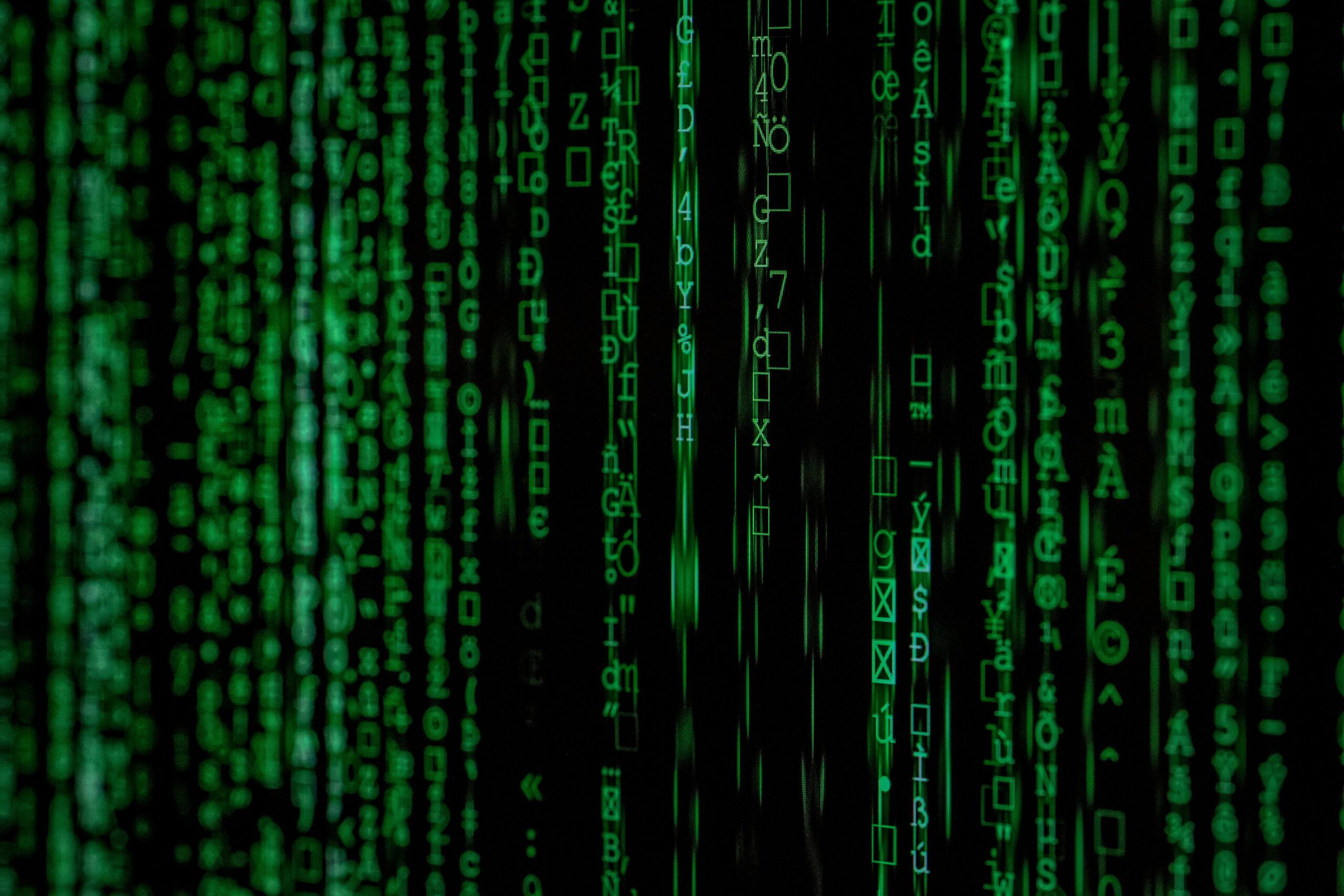The growing demand for sustainability and circular economy solutions has propelled the development of advanced recycling technologies, particularly in chemical recycling. Chemical recycling offers a transformative way to process waste materials—plastics, textiles, and other polymers—back into valuable raw materials for reuse, breaking the traditional linear “take-make-dispose” cycle. However, as chemical recycling involves multiple stakeholders and complex processes, ensuring transparency, traceability, and trust throughout the supply chain is a major challenge.
Blockchain technology, best known as the backbone of cryptocurrencies like Bitcoin, is emerging as a powerful tool to meet these challenges. By providing a secure, immutable, and decentralized digital ledger, blockchain can enhance the traceability and verification of recycled materials from collection to final product. This article explores how blockchain can trace chemical recycling supply chains, the benefits it offers, the challenges it faces, and its potential to drive a truly circular economy.
Understanding Chemical Recycling and Its Supply Chain Complexity
Chemical recycling refers to processes that break down polymer waste at the molecular level into monomers or other valuable chemicals that can be reused to create new materials. Unlike mechanical recycling, which physically shreds or melts materials (often resulting in lower-quality outputs), chemical recycling can produce feedstocks with quality comparable to virgin raw materials.
The typical chemical recycling supply chain involves:
Collection and sorting of waste materials.
Chemical processing plants that depolymerize, purify, and repolymerize materials.
Manufacturers who convert recycled feedstocks into new products.
Brands and retailers who market finished goods with recycled content.
Consumers who use and eventually discard products.
This supply chain spans multiple geographic regions, companies, and regulatory frameworks, making it complex to monitor and verify. Moreover, with increasing regulatory scrutiny and consumer demand for verified sustainability, transparency and accountability have become critical.
What Is Blockchain Technology?
Blockchain is a distributed ledger technology (DLT) that records transactions across a network of computers in a way that makes the data:
Immutable: Once recorded, data cannot be altered retroactively.
Transparent: All participants have access to the same data, promoting trust.
Decentralized: No single party controls the data, reducing the risk of manipulation.
Blockchains can be public (open to anyone) or private/permissioned (restricted access). Smart contracts—self-executing code running on blockchains—allow automation of agreements and processes based on predefined rules.
How Blockchain Traces Chemical Recycling Supply Chains
1. Immutable Record of Material Origin and Processing
In a blockchain-enabled chemical recycling supply chain, every key event and transaction is logged immutably:
Waste collection: When recyclables are gathered, details about the type, quantity, and origin of the waste are recorded.
Sorting and preprocessing: Data on material composition, contamination levels, and sorting outcomes are uploaded.
Chemical recycling process: Information on depolymerization, purification steps, energy consumption, and quality control is tracked.
Transfer of recycled feedstocks: Ownership changes and material specifications are logged.
Manufacturing: Usage of recycled materials in new products is recorded.
Retail and end use: Products can be tagged with blockchain IDs for traceability.
This creates a “digital passport” for recycled materials, ensuring that their entire lifecycle is documented and verifiable.
2. Transparency and Verification for Stakeholders
Because blockchain data is shared among authorized participants, it enhances transparency. Brands can:
Verify that recycled content claims are genuine.
Provide regulators with audit-ready data to demonstrate compliance.
Allow consumers to access product histories via QR codes or apps.
This transparency discourages fraud, such as greenwashing—the practice of misleading consumers about environmental benefits—and double-counting of recycled materials.
3. Smart Contracts Automate and Enforce Compliance
Smart contracts embedded in the blockchain can automate processes and enforce rules:
Payments: Automatically release funds when recycled materials meet quality or sustainability criteria.
Certification: Trigger third-party audits based on on-chain data.
Supply chain governance: Ensure only authorized suppliers participate and that traceability requirements are met.
This reduces paperwork, manual audits, and delays, while increasing trust between parties.
4. Integration with IoT and Data Systems
Blockchain can integrate with Internet of Things (IoT) sensors, laboratory systems, and enterprise software to:
Automatically upload real-time data such as temperature, chemical composition, or process parameters.
Ensure data authenticity through sensor verification.
Provide a unified and tamper-proof dataset for lifecycle analysis and reporting.
This creates a seamless flow of trustworthy data across the entire supply chain.
5. Enabling Circular Economy Incentives
Blockchain supports innovative incentive models for circularity:
Tokenization: Represent recycled materials as digital tokens that can be traded or redeemed, incentivizing collection and recycling.
Rewards: Implement consumer or supplier reward programs based on verified recycling actions.
Traceable credits: Facilitate carbon credits or recycled content certifications.
Such mechanisms encourage participation and investment in sustainable practices.
Practical Workflow: A Blockchain-Enabled Chemical Recycling Supply Chain
Collection: Waste collectors scan materials and upload data to the blockchain, noting source, type, and quantity.
Sorting: Material properties and sorting results are recorded.
Chemical recycling: Processing plants log details of each batch—process conditions, yields, and quality tests.
Sale and transfer: Purified recycled monomers or chemicals are transferred to manufacturers with full provenance on-chain.
Product manufacturing: Recycled feedstocks are incorporated into new products, with batch data linked to the blockchain.
Retail and consumer engagement: Finished products carry QR codes linking to their recycling history, offering transparency.
Benefits of Blockchain in Chemical Recycling Supply Chains
| Benefit | Description |
|---|---|
| Trust and Authenticity | Immutable proof of material origin and processing eliminates doubts about recycled content. |
| Transparency | Shared access to data for all authorized parties promotes accountability. |
| Fraud Prevention | Blockchain’s tamper-proof nature reduces risks of misrepresentation or double-counting. |
| Efficiency | Smart contracts automate payments, audits, and compliance checks, reducing administrative costs. |
| Regulatory Compliance | Ready audit trails facilitate reporting and adherence to environmental laws. |
| Consumer Engagement | Transparent product histories build trust and enhance brand loyalty. |
Challenges and Considerations
While blockchain holds great promise, some challenges must be addressed:
1. Data Accuracy and Verification
Blockchain ensures data integrity once entered but depends on accurate input data. If initial data (e.g., from sensors or manual entries) is wrong or falsified, blockchain cannot correct it. Robust verification and trusted data sources are essential.
2. Scalability and Cost
Chemical recycling supply chains generate large volumes of data. Recording all this information on-chain can be costly and computationally intensive. Solutions often involve hybrid models combining on-chain hashes with off-chain data storage.
3. Interoperability
Many companies use legacy IT systems and diverse data formats. Integrating blockchain with existing infrastructure requires careful design and standardization.
4. Privacy and Commercial Sensitivity
Supply chain data may include commercially sensitive information. Permissioned blockchains and encryption techniques can help balance transparency with confidentiality.
The Road Ahead: Blockchain and Circular Economy Synergy
The convergence of blockchain and chemical recycling can drive a new era of circular economy:
Regulators gain reliable data to enforce recycling targets.
Brands can credibly market sustainable products with verified recycled content.
Consumers can make informed purchasing decisions.
Suppliers and recyclers gain access to new business models and incentives.
Investors and innovators see increased confidence in sustainable technologies.
Collaboration among governments, industry consortia, and technology providers is crucial to develop standards, interoperability frameworks, and scalable blockchain platforms tailored for chemical recycling.
Conclusion
Chemical recycling supply chains are complex, involving multiple actors and intricate processes. To scale and sustain circularity, transparency and traceability are vital. Blockchain technology offers a robust, immutable, and decentralized platform to capture, verify, and share data across the supply chain.
By providing a digital passport for recycled materials, automating compliance through smart contracts, and integrating with IoT and enterprise systems, blockchain enables trust and efficiency at every step. Despite challenges in data accuracy, cost, and integration, blockchain’s potential to transform chemical recycling supply chains into transparent, accountable, and circular systems is immense.
As the fashion, plastics, and chemical industries pivot towards sustainability, blockchain-enabled traceability will be a cornerstone technology—helping to close the loop on materials, reduce environmental impact, and build a truly circular economy.



